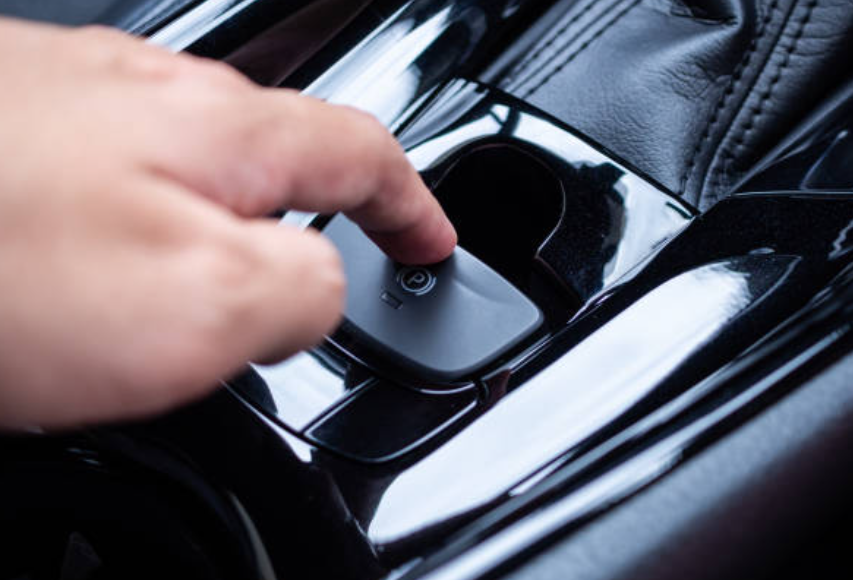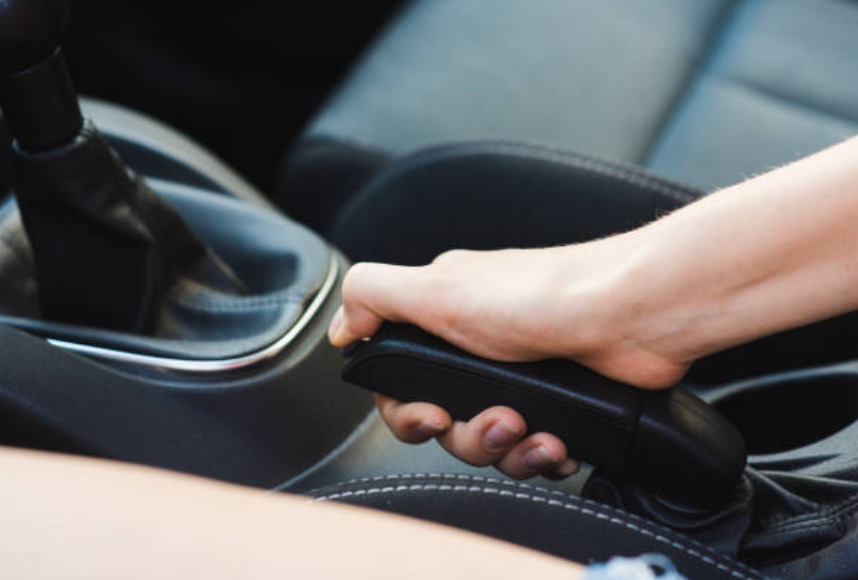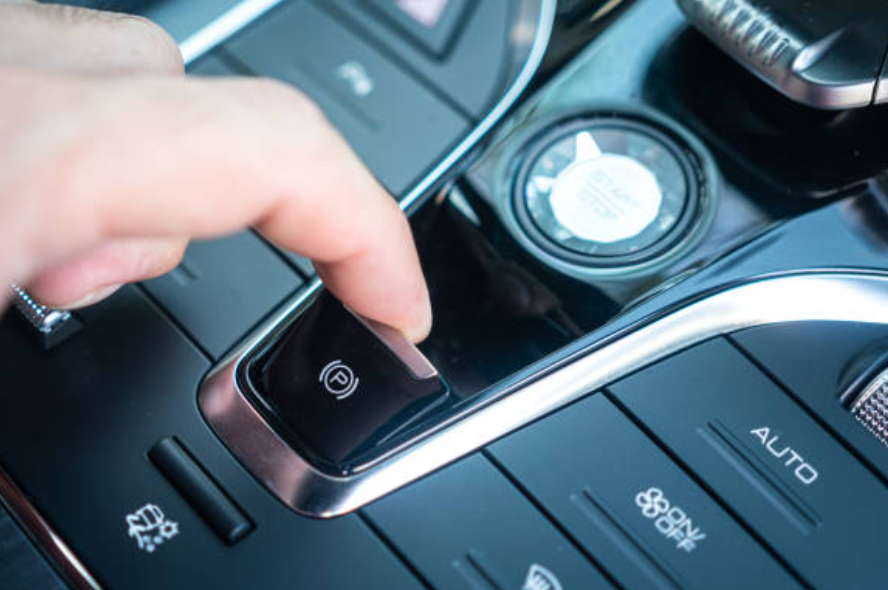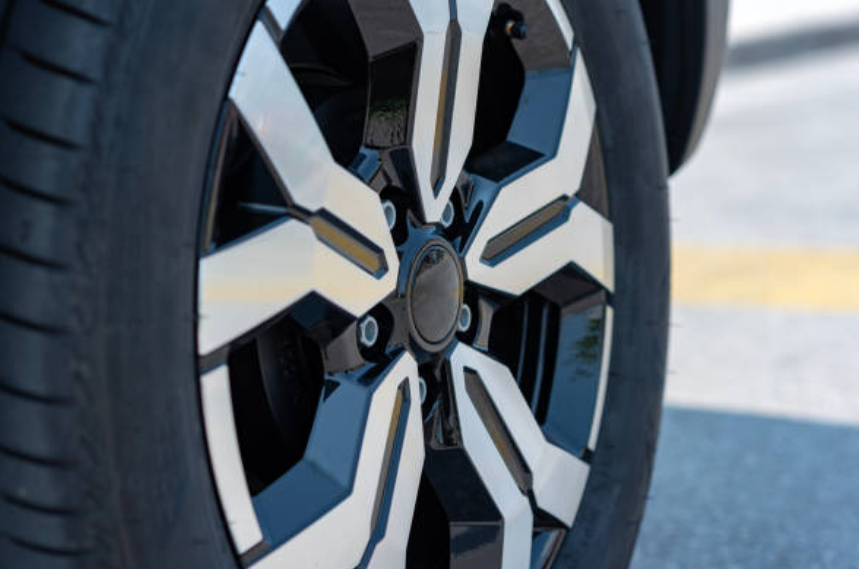How Parking Brakes Work
Welcome to the fascinating world of automotive engineering, where even the seemingly simple components, like parking brakes, hide a world of intricate mechanisms and clever engineering. In this journey, we're about to unravel the secrets of parking brakes – those unsung heroes that ensure your vehicle stays put when you need it to, and play a vital role in your safety and convenience on the road. So, fasten your seatbelt and prepare to discover the captivating mechanics behind how parking brakes work.

The Purpose of Parking Brakes
Parking brakes, often overlooked and underrated, are like the unsung heroes of the automotive world. While their primary job is to keep your car stationary when parked, their significance runs much deeper.
Picture this: " You're on a steep hill, about to grab your morning coffee, and you engage the parking brake. It's not just convenience; it's the assurance that your car won't roll away unexpectedly."
Beyond this, parking brakes step up in emergencies, serving as a safety net when your primary braking system falters. They even play a role in preserving your vehicle, reducing stress on critical components like the transmission. In essence, parking brakes are the guardians of your car's stability, security, and longevity, quietly performing their duties to ensure your driving experience is safe and hassle-free.

Mechanical Parking Brakes:
- Handbrake Lever or Pedal: Mechanical parking brakes are often controlled by a handbrake lever located between the front seats or a foot pedal on the driver's side near the floor.
- Cable System: When you engage the handbrake lever or pedal, it activates a cable system that is connected to the rear brakes of the vehicle.
- Rear Brake Engagement: The cable pulls on a mechanism near the rear wheels, typically located in the rear drum or disc brakes.
- Friction and Holding Force: When engaged, the parking brake clamps down on the rear brake rotor or drum, creating friction that prevents the wheels from turning. This action effectively immobilizes the vehicle and keeps it stationary.
- Release Mechanism: Disengaging the handbrake lever or pedal releases the cable tension, allowing the rear brakes to release, and the vehicle to move freely.
- Common in Manual Vehicles: Mechanical parking brakes are common in manual transmission vehicles and some automatic transmission vehicles.

Electronic Parking Brakes (EPB):
- Electronic Control Unit (ECU): EPBs operate using electronic controls. Instead of a mechanical lever or pedal, there's an electronic control unit (ECU) that manages the parking brake function.
- Caliper Engagement: When you activate the parking brake, the ECU sends electronic signals to the brake calipers, instructing them to clamp down on the brake discs.
- Precise Control: EPBs offer precise control over the amount of brake force applied, allowing for smoother and more accurate engagement compared to mechanical systems.
- Automatic Release: In many modern vehicles, the EPB can automatically release when you shift into gear or start driving, enhancing convenience.
- Increasingly Common: EPBs are becoming more common in newer vehicles, especially those equipped with electronic systems and advanced technology.

Parking brakes are a vital safety and maintenance feature in any vehicle. Their primary function is to prevent unintended vehicle movement when parked, especially on inclines where relying solely on the transmission's "Park" position may be insufficient.
They serve as a backup safety measure in case of main braking system failure and reduce stress on the transmission, prolonging its lifespan. Parking brakes also protect the main braking system, distributing the load and minimizing heat buildup, particularly on vehicles with disc brakes.
Furthermore, they enhance vehicle security by deterring theft and preventing unintentional movement. In many regions, using the parking brake is a legal requirement, emphasizing its importance in responsible vehicle operation. Whether in automatic or manual transmission vehicles, the proper use and maintenance of parking brakes are essential for safety, vehicle longevity, and compliance with regulations.

-
Are parking brakes required by law?
In many regions, using the parking brake is a legal requirement when parking a vehicle. Failing to engage it when required can result in fines or penalties. Check your local traffic laws and regulations for specific requirements in your area.
-
How often should I have my parking brake inspected and maintained?
Regular maintenance of your parking brake is essential for safety. It's a good practice to include parking brake inspection and adjustment as part of your vehicle's routine maintenance schedule, typically during regular brake inspections or service intervals.
Read another review here: The 10 Best Car Sponges For A Showroom Shine












